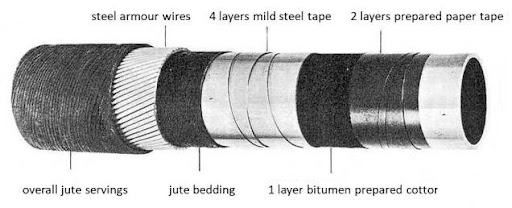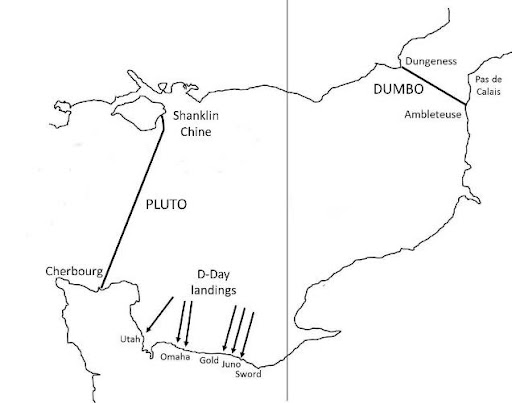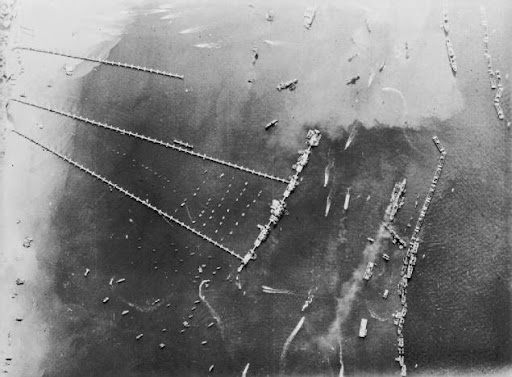The History Column: PLUTO—The Pipeline Under the Ocean
The second in this series covers some remarkable, but under-appreciated pieces of engineering associated with the D-Day landings in Normandy, France, in June 1944. There are many books, articles, movies and websites which record the landings themselves. Few who have watched the first twenty minutes of Saving Private Ryan will easily forget them. But just as important was the means by which the Allied forces were supplied with fuel, provisions, and further men and equipment in the months following the landings. This was made possible by ingenious prefabricated concrete harbours ('Mulberry harbours') and a pipeline (PLUTO) which supplied fuel.
PLUTO ran from Shanklin on the east of the Isle of Wight just off the south of England to Cherbourg – a distance of about 130 km. The English Channel is relatively shallow, with an average depth of about 120 m. It was laid by unrolling the pipeline from a large-diameter drum, and ensuring that the pipe did not kink or otherwise suffer damage as it was laid was quite a feat. The pipeline itself had a diameter of three inches (76 mm), armoured and protected with mild steel. As well as the pipelines, pumping stations were built on the English mainland.

A second set of pipelines called DUMBO was later laid across the Straits of Dover from Dungeness to Ambleteuse, near Boulogne.
At the height of their operations the pipelines were delivering almost 4,000 tons of fuel per day, equivalent to almost 1 million imperial gallons (4.5 million litres). In total, by VE Day, over 781,000 cubic metres (172 million imperial gallons) of fuel were pumped to the Allied forces in Europe.

The Mulberry Harbours were made of prefabricated concrete pontoons which were built in England, towed to France in the days following D-Day, and assembled in situ to make the harbours. There were two harbours: Mulberry A at Omaha Beach was destroyed by a severe storm on 19 June 1944, but Mulberry B at Gold Beach was operational for 10 months after D-Day, and over 2.5 million men, 500,000 vehicles, and 4 million tons of supplies were landed during its lifetime. The remains of some of the Mulberry B concrete pontoons at Arromanches Beach are still very obviously visible to this day.

Further information may be found at:
https://www.combinedops.com/pluto.htm
https://www.youtube.com/watch?v=sgMCvEDBEFY&t=6m28s
Authored by Hugh Griffiths

